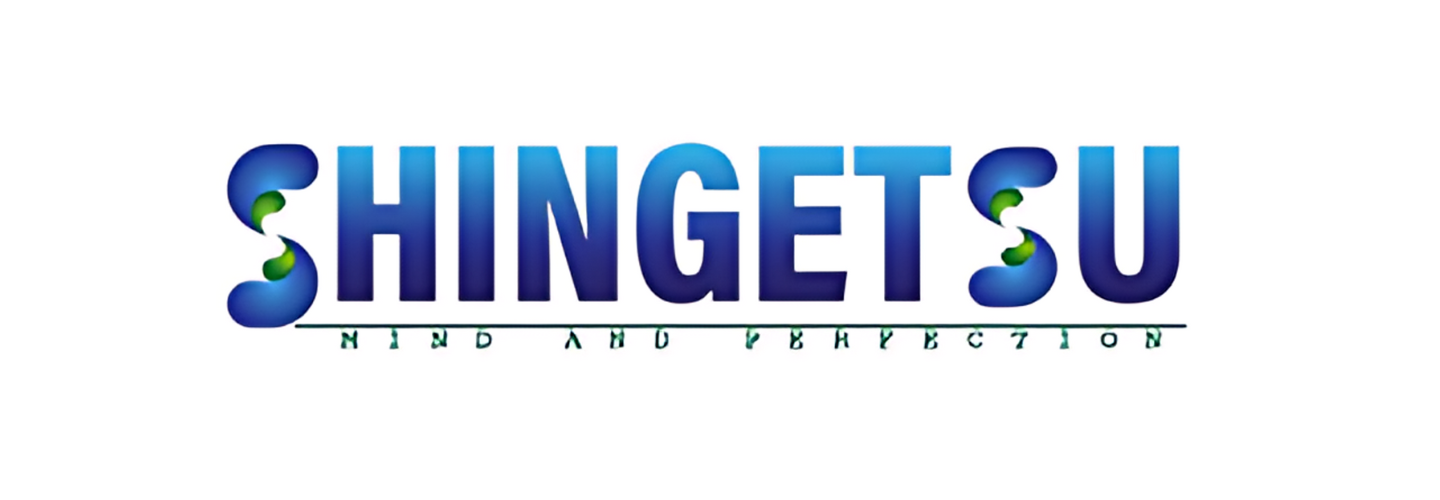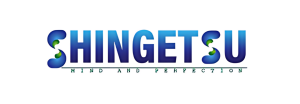The healthcare industry is undergoing rapid changes, particularly with temperature management. The need for precise temperature regulation during medical procedures has surged, especially in areas like surgery, intensive care units (ICUs), and neonatal care. As the global healthcare landscape adapts to new challenges, the Temperature Management Market has grown significantly, reaching USD 3.8 billion in 2022. By 2030, this market is projected to hit USD 5.7 billion, with a compound annual growth rate (CAGR) of 5.8%.
But what exactly is driving this growth? What are the key trends shaping this market? Let’s dive deeper into how the Temperature Management Market is evolving, the challenges it faces, and the opportunities for future growth.
The Growing Need for Temperature Management Solutions
Temperature management involves the control and maintenance of a patient’s body temperature during medical procedures. It plays a crucial role in patient care, especially in surgeries, critical care, and post-operative recovery. With the increasing prevalence of chronic diseases, such as cardiovascular conditions and cancer, the demand for temperature management solutions has intensified.
Surgeries, particularly those involving cardiovascular, orthopedic, or neurological procedures, require precise control of a patient’s body temperature. For instance, cooling systems are often used to lower the temperature during certain surgeries, while warming systems are essential in preventing hypothermia during others. This need for reliable and effective temperature management is directly contributing to the market’s growth.
Key Factors Fueling the Temperature Management Market
1. Surge in Surgical Procedures
The number of surgeries worldwide has increased dramatically in recent years, due in part to rising incidences of chronic diseases. This includes heart disease, diabetes, and cancer, all of which require various surgical interventions. Temperature management is crucial during these procedures to prevent complications, manage recovery, and ensure patient safety.
As surgical procedures become more frequent and complex, the need for advanced temperature management solutions grows. These solutions not only improve patient outcomes but also enhance the efficiency of healthcare delivery.
2. Rise in Chronic Diseases
Chronic diseases are among the leading causes of morbidity and mortality globally. Conditions like cardiovascular disease, diabetes, and cancer require long-term treatment and often result in surgical interventions. For example, cardiovascular surgeries often involve cooling the patient’s body to protect vital organs, while cancer surgeries may require similar temperature management to ensure the best possible outcomes.
The aging population is another contributing factor. Older adults are more prone to developing chronic conditions, which increases the demand for effective temperature management solutions.
3. Technological Advancements
The advancement of medical technology is another significant driver of market growth. In recent years, new temperature management systems have been developed that offer better accuracy, efficiency, and patient comfort. For example, intravascular warming and cooling systems have gained popularity due to their precise control over the patient’s body temperature.
Moreover, hospitals and healthcare providers are increasingly adopting digital technologies that integrate temperature management with other monitoring systems, providing real-time data for medical professionals to ensure optimal patient care.
4. Government and Healthcare Initiatives
Governments worldwide are investing in healthcare infrastructure, with a particular focus on modernizing hospitals and improving patient care. These initiatives, along with favorable reimbursement policies, encourage hospitals to adopt advanced medical technologies, including temperature management systems. As healthcare systems in developing nations improve, the adoption of temperature management technologies is expected to rise significantly.
Challenges in the Temperature Management Market
While the Temperature Management Market is experiencing substantial growth, it also faces several challenges.
1. High Costs of Advanced Systems
One of the primary barriers to adoption is the cost of advanced temperature management systems. High-end systems, particularly those used for invasive procedures, can be expensive. This limits the widespread use of such technologies in lower-income countries or smaller healthcare facilities. However, as technology advances, the cost of these systems is expected to decrease, making them more accessible.
2. Lack of Awareness
In many regions, the importance of temperature management in surgeries and other medical procedures is not widely recognized. This lack of awareness can lead to underutilization of temperature management systems, especially in smaller healthcare settings or in developing countries. Increased awareness campaigns and educational initiatives could help overcome this challenge.
3. Stringent Regulatory Requirements
Temperature management systems are subject to strict regulations in many countries, particularly regarding safety and efficacy. This can slow down the approval process for new products and increase the cost of development. However, as the market grows and demand for these systems increases, regulatory bodies are likely to streamline the approval processes to facilitate faster product rollouts.
Key Product Types in Temperature Management Systems
The Temperature Management Market is categorized based on the type of system, with the primary segments being Patient Warming Systems and Patient Cooling Systems.
1. Patient Warming Systems
These systems are designed to prevent or treat hypothermia by warming patients before, during, and after surgery. They include:
- Surface Warming Systems: These use external sources of heat to warm patients.
- Intravascular Warming Systems: These are used to warm the blood directly.
- Warming Accessories: Items such as warming blankets and pads are commonly used in patient warming.
As surgical procedures become more advanced, the demand for these systems, especially in critical care and preoperative settings, is expected to increase.
2. Patient Cooling Systems
Cooling systems are used in various surgical and critical care situations. For example, cooling is used during certain types of heart surgeries and to manage conditions like stroke or traumatic brain injury. Patient cooling systems are typically used in the following forms:
- Surface Cooling Systems: These cool the patient externally.
- Intravascular Cooling Systems: These cool the blood directly through a catheter or IV.
- Cooling Accessories: Accessories like cooling blankets are widely used in various medical procedures.
The demand for cooling systems is expected to rise as more surgeries, particularly those involving the heart and brain, require precise temperature management.
Regional Insights
1. North America
North America is projected to hold the largest share of the Temperature Management Market by 2030. The region benefits from a well-established healthcare infrastructure, high adoption of new medical technologies, and a growing prevalence of chronic diseases. The United States, in particular, leads the market, with significant investments in healthcare and technology innovation.
2. Asia-Pacific
The Asia-Pacific region is expected to experience the highest growth during the forecast period. This can be attributed to an aging population, rising rates of chronic diseases, and the increasing number of surgical procedures in countries like China and India. Additionally, efforts by governments to expand access to healthcare and promote medical tourism are likely to drive demand for temperature management systems in the region.
3. Europe
Europe also represents a significant market for temperature management solutions. The region’s aging population and increasing number of surgeries contribute to the demand for advanced patient care solutions. Furthermore, many European countries are investing in healthcare infrastructure, further supporting the market’s growth.
The Future of Temperature Management Systems
As the healthcare sector continues to evolve, temperature management systems will play an increasingly vital role in patient care. The development of more sophisticated, cost-effective systems is expected to drive further adoption, especially in emerging markets. Additionally, the integration of temperature management technologies with other patient monitoring systems is set to improve the overall efficiency and effectiveness of medical procedures.
For more information on the ongoing trends and growth in this market, visit Temperature Management Market.

